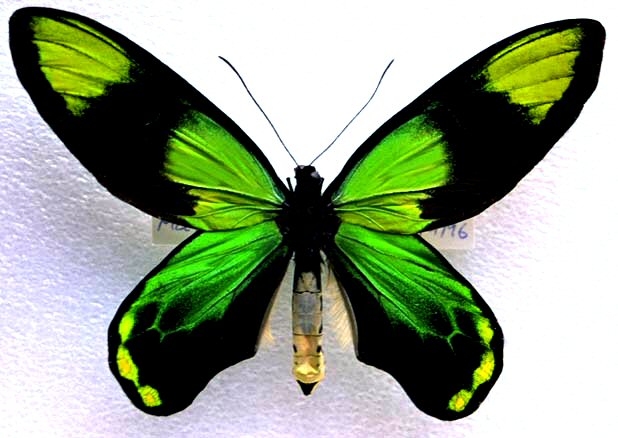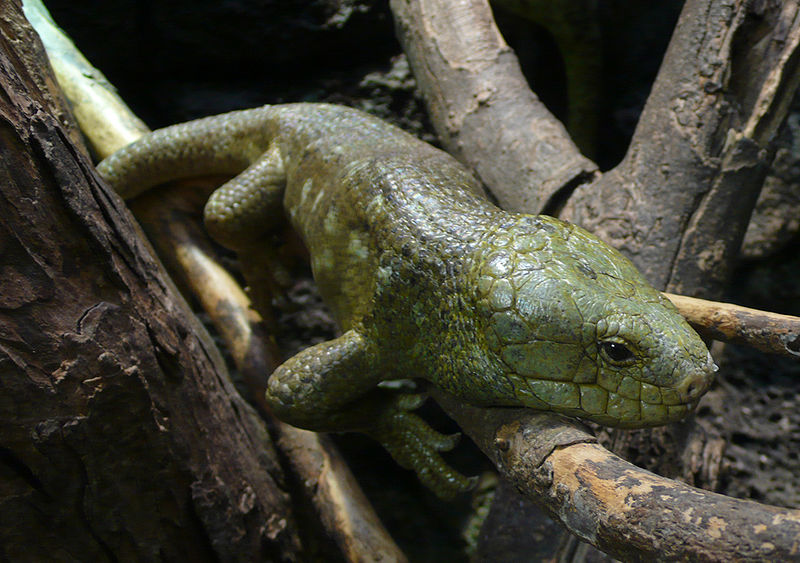BY JOHN HOUANIHAU
THE Conservation Division within the Ministry of Environment Climate Change Disaster Management and Meteorology (MECDM) will submit a report to the International Trade on Endangered Species of Wildlife Fauna and Flora (CITES) Scientific Committee and management.
Deputy Director Conservation Josef Hurutarau said that the document is to enable the Solomon Island to lift the ban on butterfly trade.
Mr Hurutarau revealed that Solomon Islands had heavily involved in butterfly trading around year 2000 however in 2005 and 2006 the trade was ban by CITES.
“CITES ban species such as Ornithoptera victoriae and Ornithoptera urvillianus butterflies which are endemic to Solomon Islands,” said Hurutarau.
” So we are working on a report to show to CITES how butterfly are managed in country or whether butterflies are caught in the wild or farm prior to trading,” he said.

“The report is the outcome of the survey we did last year 2021 where we visited several butterfly farming sites, doing inspections, recording data to meet CITES requirements,” said Hurutarau.
According to deputy conservation the three major recognized sources for wildlife are wild-caught, ranched, and farmed.
He said that ranching involves collecting larvae (caterpillars) and pupae form and raising them to the saleable form.
He said that farming involved the breeding through the entire life cycle, thereby producing a captive population independent of the wild population.
“Farming, of course, is popular worldwide with other animals such as birds and reptiles,’’ he told environment media Solomon islands.
He said that farming of Ornithoptera has twice been tried in Solomon Islands.
“Farming is expensive and allowing little in the way of great riches, but does provide considerable benefits,’’ he said.
“Butterfly ranching, on the other hand, is environmentally friendly and commonly practiced by grass-roots operators in Solomon Islands.
He said that butterfly trading provides significant financial support to the persons and villages where the initiative operates.
The conservation division deputy also said that apart from butterfly, Solomon Islands has also traded reptiles such as skink ( ,Corucia zebrata) in huge amounts abroad.

He said that in Solomon Islands, most of wildlife trading however involved birds, with different species.
Solomon Islands become a party to the convention (CITES) – International Trade on Endangered Species of Wildlife Fauna and Flora on 26th March 2007.
The treaty aim to ensure international trade in specimens of wild animals and plants dose not threatened their survival and to regulate the trade in wildlife for conversation purposes.
According to Charles J. DeRoller, Solomon Islands have a number of marketable wildlife species which are sustainable and can bring great financial benefit to local villages without harm to the animal’s population or the environment.
From New York, USA, DeRoller is an amateur entomologist one who studies insects, including butterflies and beetles and traveled around the globe primarily searching for new insects or seeking to document more of their habitat, range, and life history.
He wrote that the most obvious species in the Solomon is the Queen Victoria Birdwing butterfly, scientifically known as Ornithoptera Victoria which exist mainly in Solomon and Bougainville.
He said that Ornithoptera victoria is on the CITES Appendix II list, meaning that trade is restricted however not eliminated.
He said even if CITES lifted the ban on export of Ornithoptera from Solomon Islands, US law still prevents importation into what is arguably the largest potential market.
He said previously, in 2001 Solomon Island Development Trust (SIDT) is the responsible agency that acted as a clearing house for the sale of Ornithoptera butterflies, selling pairs for US$120 while if one purchased them from locals the price was US$12.
“I can think of no other source of income that might reasonably replace that generated by logging, which is the ultimate death sentence to wildlife,’’ he qouted.




